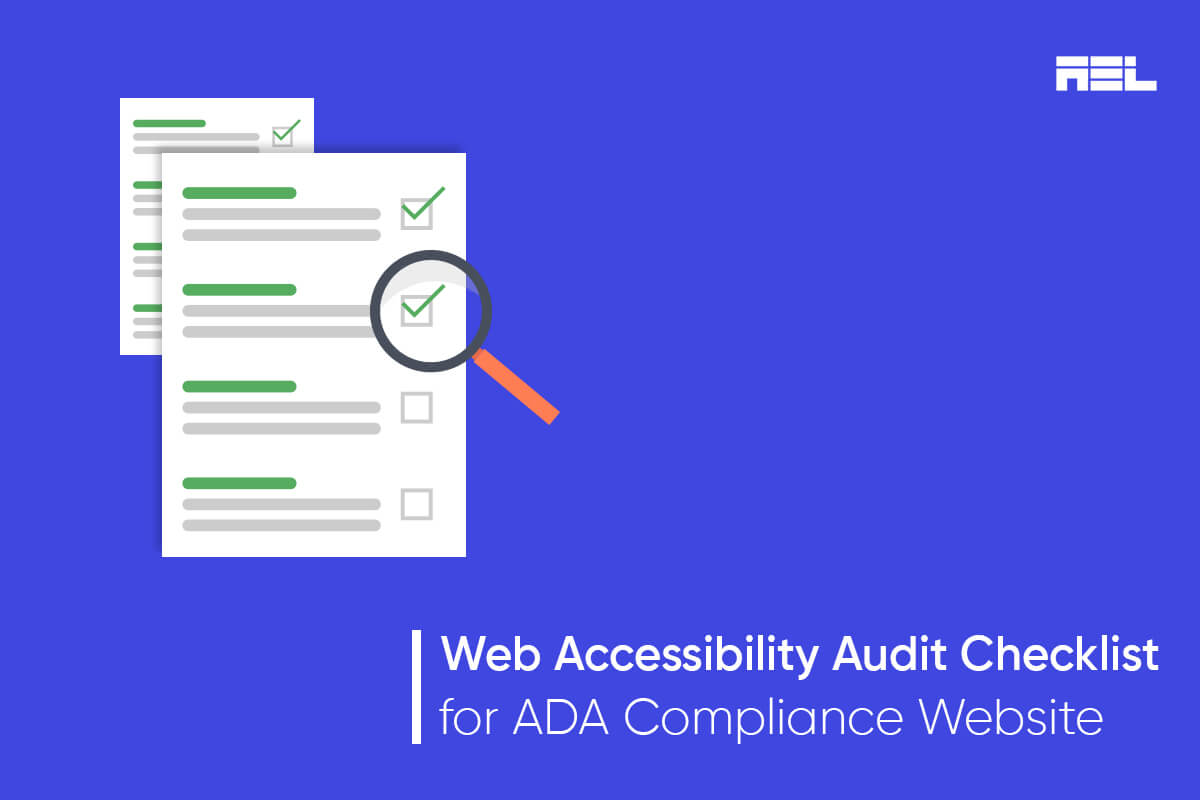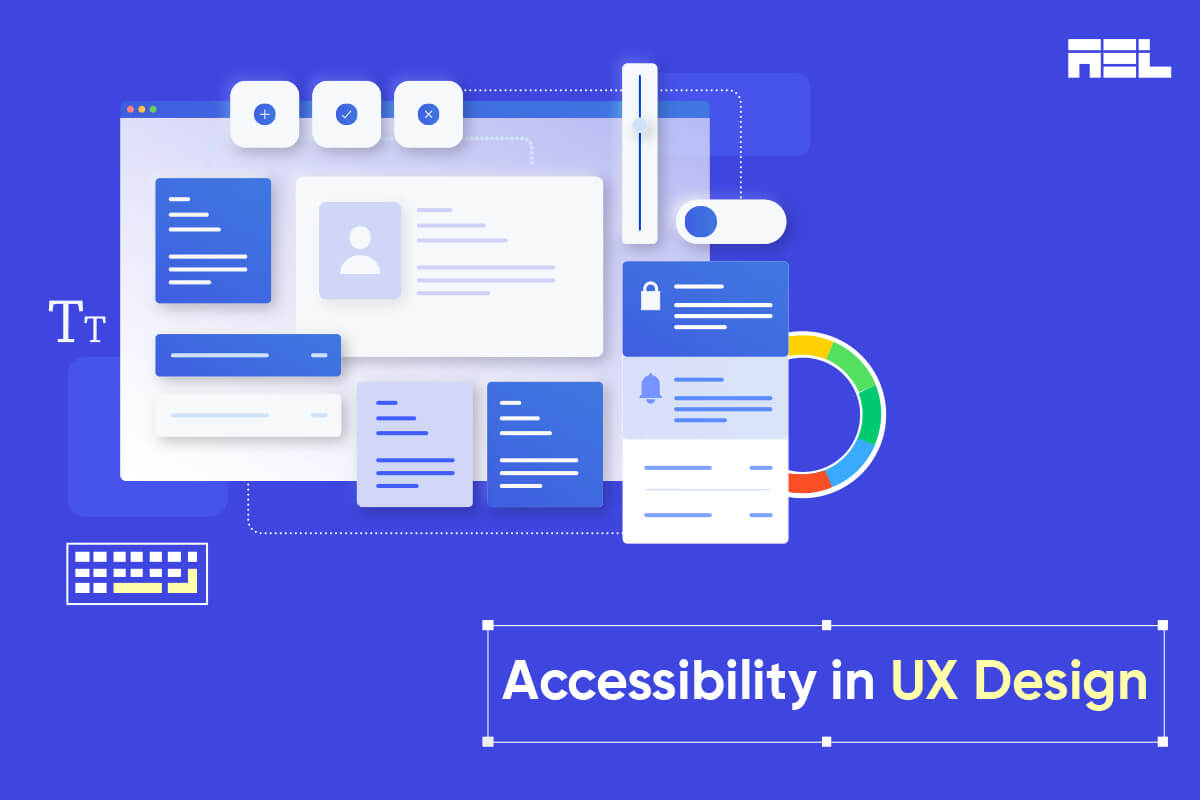The real estate sector is now experiencing a paradigm shift driven by digitalization, as evidenced by the fact that a majority of house purchasers, namely 51%, utilized Internet platforms to search for properties in the year 2021. Hence, all real estate websites must exhibit equitable accessibility for all users, particularly individuals with disabilities or impairments.
Technologies provide several benefits, such as efficiency in terms of time and cost savings, enhanced convenience, and so on. Additionally, these technologies provide several problems and hazards, including intensified competition and disruption through the reduction of entry barriers and heightened expectations and demands by necessitating greater levels of performance.
To attain accessibility on real estate websites, it is imperative to deliberate about the advantages and characteristics of these technologies, along with the obstacles and potential drawbacks linked to these modifications. This article aims at exploring basic concepts of accessibility within the realm of real estate.
Table of Contents
The Digital Transformation of Real Estate
Real estate professionals need to adapt to changing market conditions and customer needs by embracing digital transformation and leveraging its opportunities while mitigating its threats. Some of the trends and innovations that are driving this transformation include:
- Online platforms and portals that allow users to browse, filter, and compare properties from different sources and locations.
- Virtual tours and 3D models enable users to view properties in detail and from different angles without visiting them in person.
- Artificial intelligence and machine learning provide personalized recommendations, insights, and predictions based on user preferences and behavior.
- Blockchain and smart contracts facilitate secure and transparent transactions and contracts between parties.
- Internet of Things and smart home devices that enhance the functionality, comfort, and security of properties.
Key Benefits of Accessible Real Estate Website
Some of the key benefits of having an accessible website for real estate are:
- Expand the customer base as you cater to more than a billion people with disabilities all over the world. Furthermore, you can also accommodate older people, people with lower internet bandwidth, etc.
- Top-notch user experience as your website becomes more intuitive, responsive, and adaptable to people with different needs and preferences.
- Enhances the brand’s reputation by being accessible and demonstrating social awareness, inclusivity, diversity, and much more.
- Increases the website’s performance by optimizing and improving essential factors such as loading speed. It also helps improve SEO scores and compatibility with different devices and Assistive Technologies (AT).
- Avoids legal risks by complying with web accessibility standards and regulations, such as the Web Content Accessibility Guidelines (WCAG), ADA, etc.
Key Features of Accessible Real Estate Website
Some of the key features of an accessible website for real estate are:
- Alternatives for media like alt-text, captions, transcripts, etc. Additionally, it also includes support for keyboard accessibility, which allows users to navigate and operate the website using only their keyboard.
- Maintaining adequate color contrast between the text and the background color
- Resizeable text allows users to adjust the text size without losing functionality or readability, using relative units such as percentages or ems instead of absolute units such as pixels or points.
- Headings and labels that provide clear and descriptive titles for sections, pages, forms, buttons, links, etc., using semantic HTML elements such as h1-h6, label, etc.
- Navigation and structure provide consistent and logical ways to move around and understand the website, using elements such as menus, breadcrumbs, sitemaps, etc.
- Focus and feedback that indicates the current location and status of the user on the website, using elements such as focus indicators, progress bars, error messages, etc.
- Multimedia and animation that provide controls and options to play, pause, stop, mute, adjust volume, etc., for audio and video content and to reduce or turn off motion, flashing, or auto-updating content that may cause seizures or distractions
- Forms and inputs that provide clear instructions, labels, and error messages for filling out and submitting forms, using elements such as fieldset, legend, input, etc., and validating the input data before sending it to the server.
- Compatibility and adaptability ensure the website works well with different browsers, devices, and assistive technologies, such as screen readers, magnifiers, voice recognition software, etc., using progressive enhancement, responsive design, etc.
Tips for Achieving Accessibility for Real Estate
Achieving accessibility on real estate websites is an ongoing process that requires planning, testing, and maintenance.
To achieve accessibility, adopt a user-centered design approach that involves users with disabilities in the design process, using methods like personas, scenarios, and user testing.
Follow web accessibility standards and guidelines like WCAG 2.1, which provides four principles, 12 guidelines, and 78 success criteria. Use web accessibility evaluation tools like WAVE, Accessibility Insights for Web, and the WebAIM Checklist to identify and fix accessibility issues. Lastly, it is recommended to hire a web accessibility expert or consultant for professional advice and assistance on web accessibility issues and solutions.
Examples
Some examples of real estate websites that have implemented accessibility features are:
- Zillow: It has text alternatives for images and icons; keyboard accessibility for menus and filters; color contrast for text and buttons; resizable text for listings and details; headings and labels for sections and links; navigation and structure for browsing and searching properties; focus and feedback for forms and inputs; multimedia and animation controls for virtual tours and videos; compatibility and adaptability for different devices and screen sizes.
- National Association of Realtors: It supports keyboard accessibility, text-to-speech features, and transcripts for videos on their website.
Conclusion
Online accessibility has significant importance within digital transformation in the real estate sector, as it presents several advantages for professionals in the industry and the clients they serve. Accessible websites contain features such as text alternatives, keyboard accessibility, color contrast, resizable text, headings and labels, etc. As the technology evolves, users are provided more features to ensure they have a fruitful experience and make informed decisions regarding their real estate properties. Therefore, new features must be vetted for accessibility before going live on the website to ensure all users can access them.
Feel free to contact AEL Data if you need assistance with your accessibility issues or a review of the accessibility of your website.



